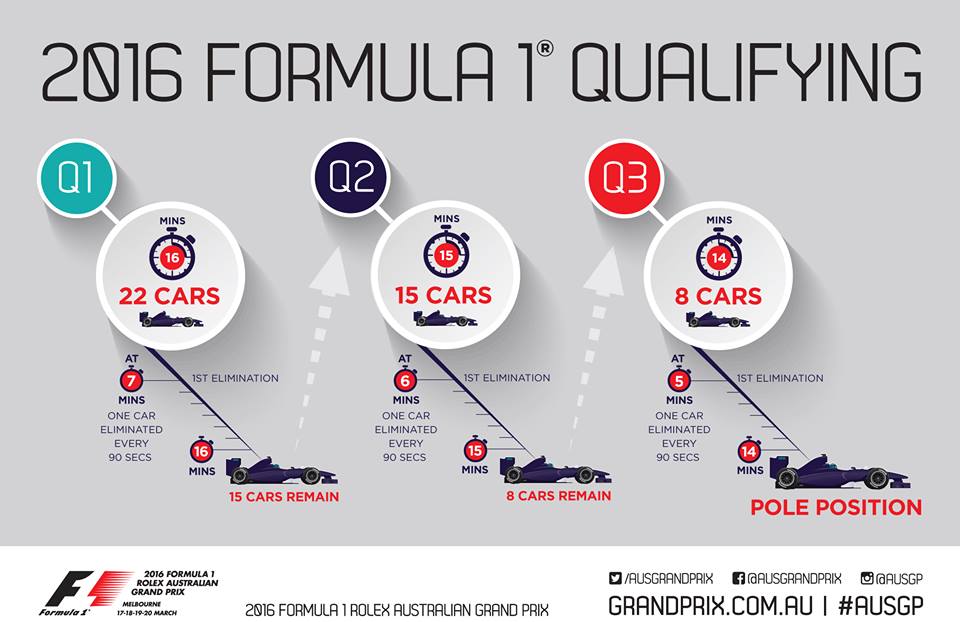
F1 qualifying drivers#
Things are actually much more simple this year because F1 has done away with rules around tire compounds during qualifying.īeginning in 2014, drivers had to start the race on the exact tires they used in Q2. Are there new rules for F1 qualifying in 2022? The fastest driver in qualifying takes pole position and receives the Pirelli Pole Position Award. It may be on the inside or the outside depending on the particular track but it is meant to be an advantageous starting position relative to the racing line. Pole position refers to the first spot on the starting grid. Penalties for infractions or changing components in the car are applied at the end of qualifying.

The slowest driver in Q1 starts 10th, the next starts ninth and so on. Q1 lap times determine pole position and the order of the front 10 positions on the grid. The five outside of the top 10 are eliminated and start the race from 11th to 15th based on their best lap time. Drivers try to put down their best times to move on to Q1 as one of the 10 fastest cars. Q2 is slightly shorter but follows the same format. The five slowest drivers are eliminated and will start the race in the last five positions on the grid. Those in the top 15 move on to the next period of qualifying, called Q2. F1 qualifying structureįormula 1 uses a knockout qualifying system.Īll 20 F1 drivers participate in the first period, called Q1, with each trying to set the fastest time possible. That’s what we’re here for! Here’s what you need to understand F1 qualifying or just brush up on the new rules for 2022 before you get back to watching Drive to Survive. It’s totally understandable if you’re not sure how it all works. How does F1 qualifying work? Here’s everything you need to know about the knockout format, pole position, new rules for 2022 and more.įormula 1 races may be on Sundays but all racing fans know that half the drama happens on Saturdays thanks to the exhilaration of qualifying. By Alicia de Artola 7 months ago Follow Tweet


 0 kommentar(er)
0 kommentar(er)
